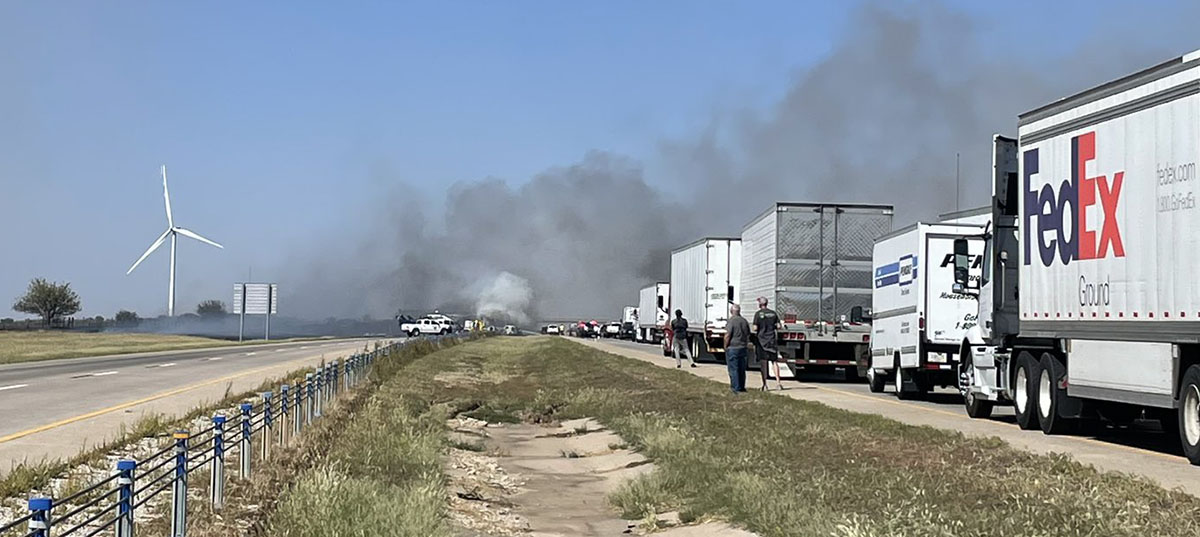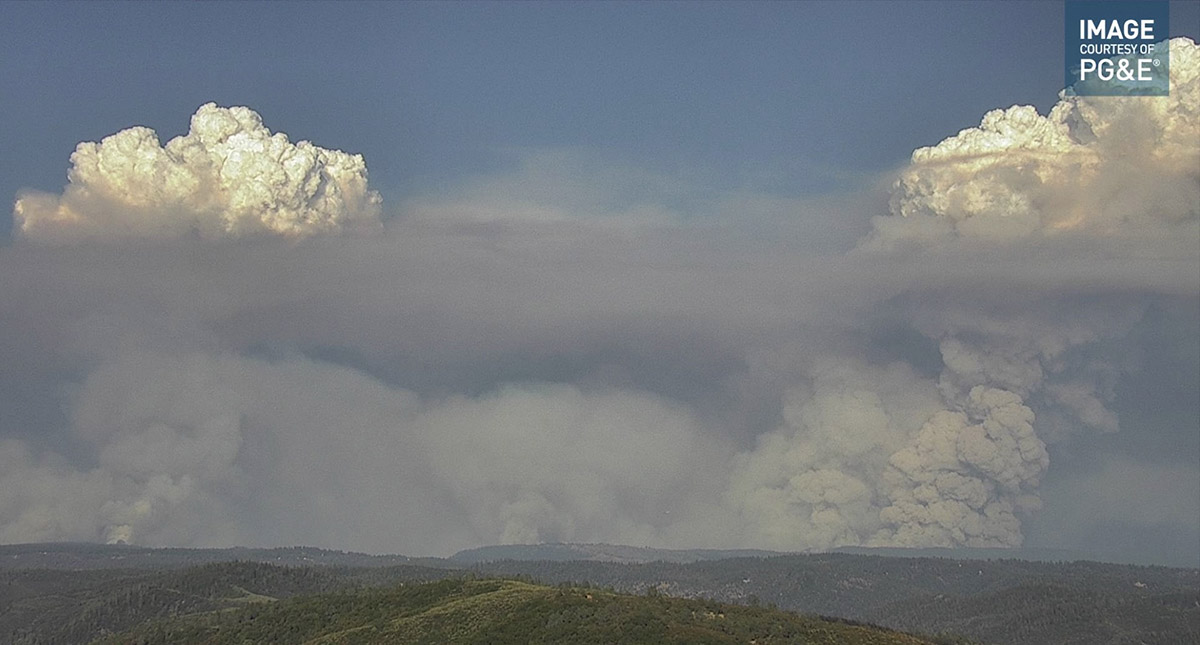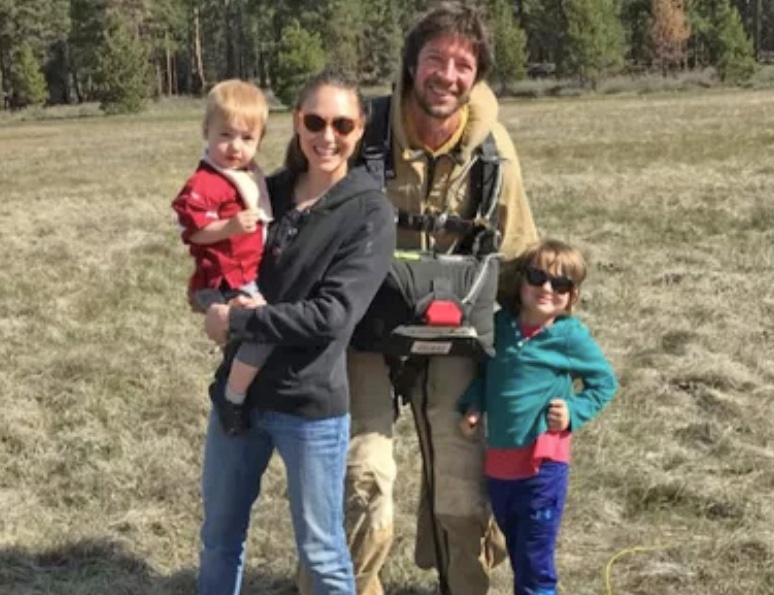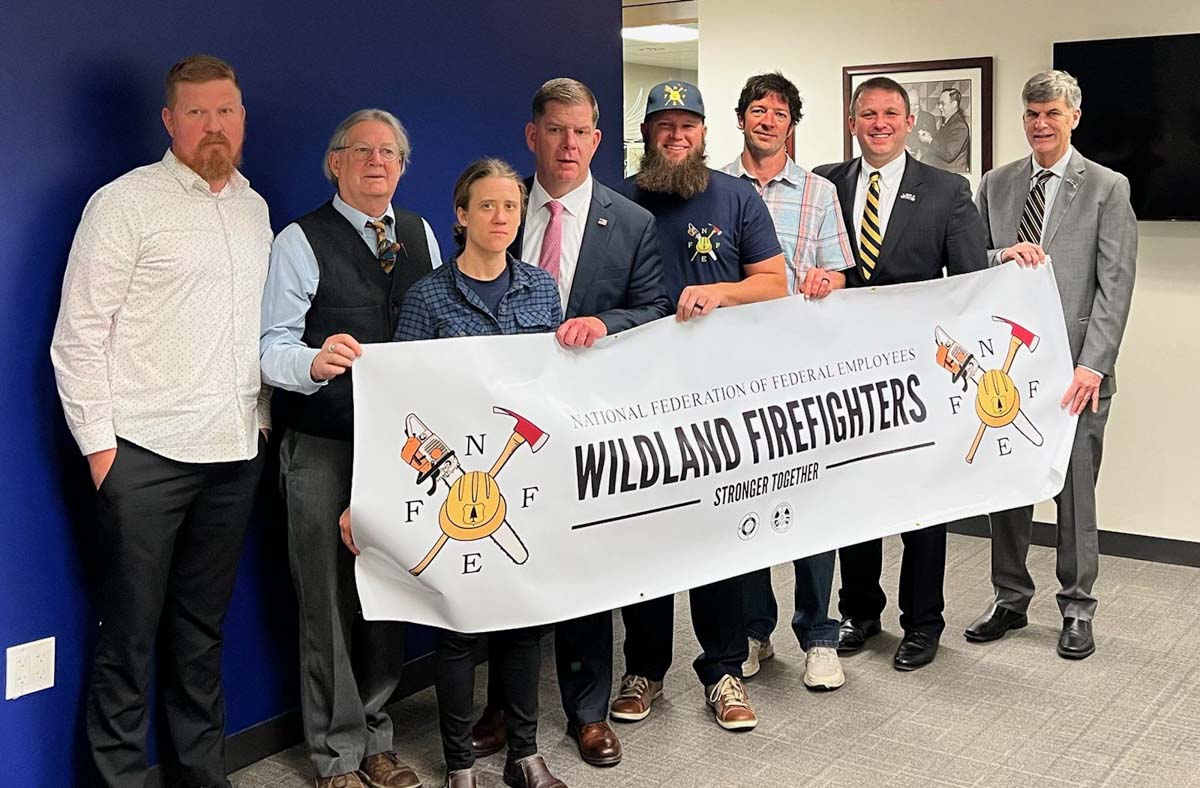
National Public Radio is publishing a series of at least two short audio stories about treating fuels to reduce the chance of large fires spreading into populated areas.
The first episode, only four minutes long, examined what the US Forest Service promised the residents of Grizzly Flats the agency would do to treat the fuels close to the community. But last year the Caldor Fire destroyed about two-thirds of the town’s structures as it burned to the edge of South Lake Tahoe.
Randy Moore, Chief of the US Forest Service, was asked in the episode if the Forest Service had any responsibility for the outcome in Grizzly Flats.
“Well, I mean, I don’t know what kind of question that is,” he replied. “I mean, you know, do anybody bear any responsibility for not having the budget to do the work that we need to do?”
Episode 1, Sept. 26, 2022. Four minutes.
In the next episode, a local Southern California Burn Boss explains some of the challenges she faces in scheduling a prescribed fire.
The reporter says the San Bernardino National Forest refused to disclose its budget after months of “multiple asks and a Freedom of Information Act request.” The Burn Boss, however, gives a hint.
They also talked with a local resident who evacuated from the Radford Fire near Big Bear earlier this month.
Episode 2, Sept. 27, 2022.
Update Sept. 28, 2022. Cap Radio, which may have collaborated with NPR on the above segments, has a detailed article published August 16 about the proposed fuel reduction project the US Forest Service proposed to lessen the risk to the Grizzly Flats community. It walks us through the ambitious project from conception to completing only 14 percent of the planned work before the Caldor Fire wiped out the town. One of many stumbling blocks were complaints from Chad Hanson, co-founder of the John Muir Project, a nonprofit that aims to protect biodiversity in national forests and fiercely opposes tree removal. One of Hanson’s primary concerns was the California spotted owl, which is designated as a “sensitive species” by the Forest Service.
Our take.
We’re not sure how often this has occurred in Washington over the last 20 years, but Chief Moore’s predecessor in April 2021 squandered a softball opportunity to tell the House Appropriations Subcommittee on Interior, Environment, and Related Agencies that the Forest Service needed more funding in two very important inadequately budgeted areas, fuels treatment and aerial firefighting. In a June 9, 2022 Congressional hearing Chief Moore squandered a similar opportunity, giving an incoherent response when basically asked, “Do you have enough firefighting aircraft?”










